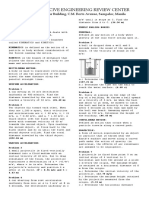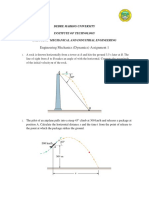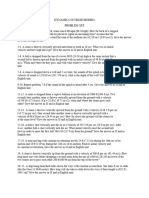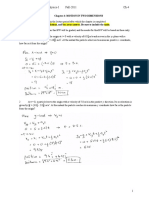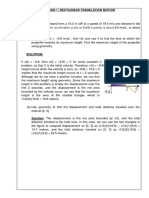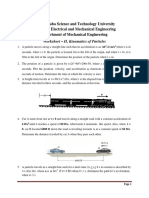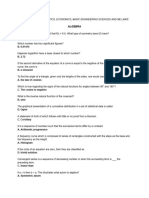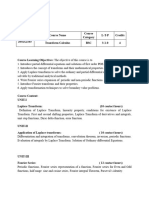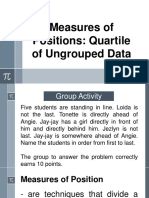0% found this document useful (0 votes)
19 views2 pagesModule 2
The document is a module from Romblon State University focused on the dynamics of rigid bodies, specifically free falling and curvilinear motion. It includes equations of motion under gravity, examples of problems related to falling and thrown objects, and calculations for tangential and normal acceleration in curved paths. Additionally, it presents practical problems for students to solve regarding the motion of stones and vehicles.
Uploaded by
patrickacev.perezCopyright
© © All Rights Reserved
We take content rights seriously. If you suspect this is your content, claim it here.
Available Formats
Download as PDF, TXT or read online on Scribd
0% found this document useful (0 votes)
19 views2 pagesModule 2
The document is a module from Romblon State University focused on the dynamics of rigid bodies, specifically free falling and curvilinear motion. It includes equations of motion under gravity, examples of problems related to falling and thrown objects, and calculations for tangential and normal acceleration in curved paths. Additionally, it presents practical problems for students to solve regarding the motion of stones and vehicles.
Uploaded by
patrickacev.perezCopyright
© © All Rights Reserved
We take content rights seriously. If you suspect this is your content, claim it here.
Available Formats
Download as PDF, TXT or read online on Scribd
/ 2






